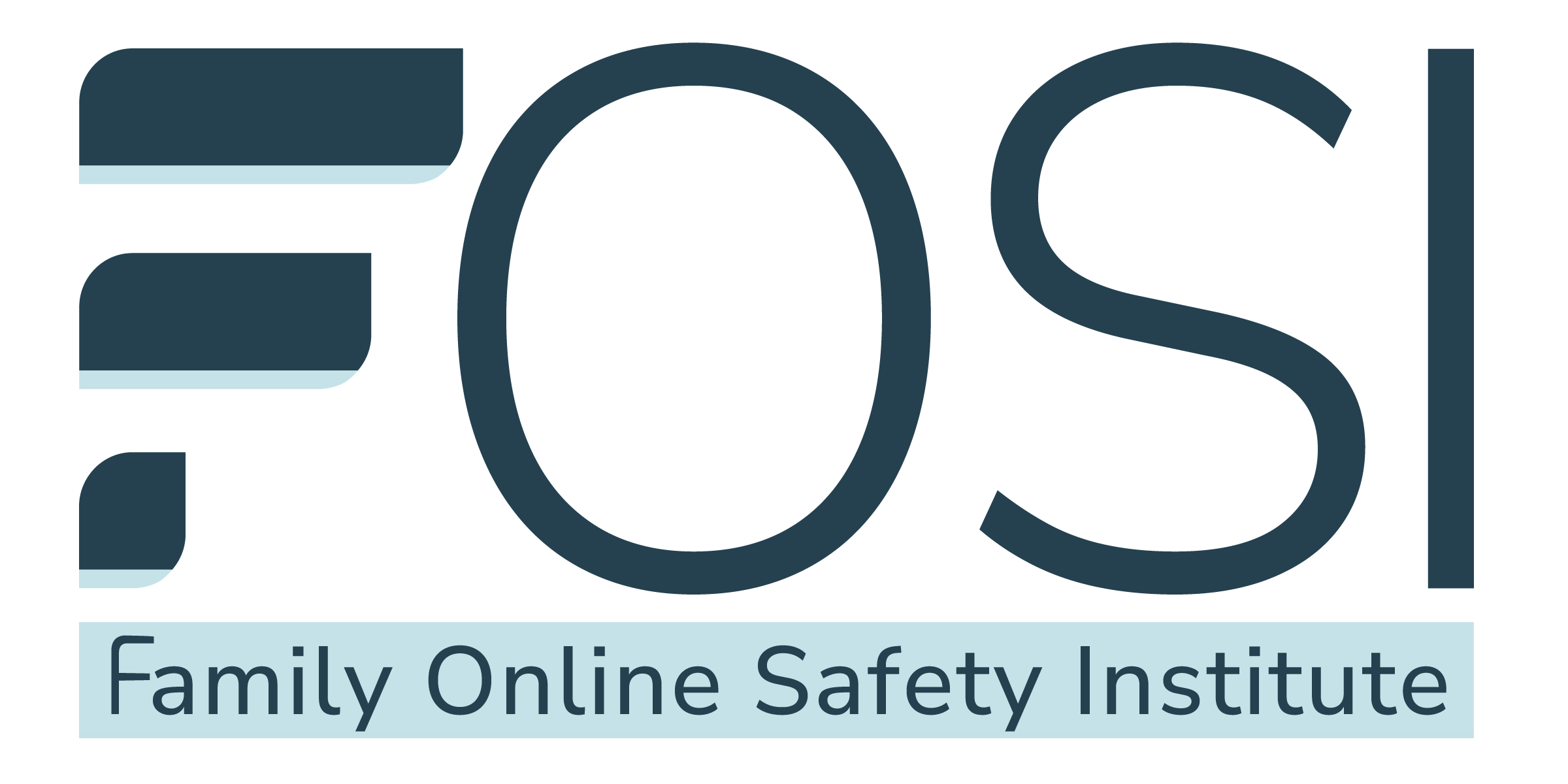There’s no denying that email and social media are a fact of contemporary life that’s not going away any time soon. Just think about it: is there a feasible way you could go about your average day without the two? Not likely. And, if so, it would be one weird, anxiety-packed day.
We have to admit it: being unconnected is no longer an option. But this all-encompassing connectivity – which has been a blessing during the COVID-19 lockdowns – has its downsides. One of them is cyber threats, which are very real and can’t be ignored.
Staying secure online is an ever-increasing challenge. Today, we’re looking at the most simple and effective ways to optimize social media and email use for the most secure experience.
Beware of phishing scams
Phishing is a type of social engineering attack that uses deception techniques to steal sensitive user data such as login credentials, personally identifiable information, credit card numbers, and much more. Usually, bad actors use email as their vector of attack for phishing scams.
According to the FBI, phishing was the most popular type of cybercrime in 2020, with incidents nearly doubling. ZDNet also reports that, while the majority of people know what phishing is, only 5% are able to identify a scam. Falling victim to a phishing attack can have devastating outcomes, such as identity theft, unauthorized purchases, and more.
Here are a few basic signs that can help you spot a phishing email:
- The grammar is poor;
- Inconsistencies in email addresses, links, and domain names;
- Contains suspicious links;
- Requests credentials, payment information, or other sensitive data.
Don't overshare and make use of privacy settings
Social media has completely changed the way we communicate. Our lives have never been as public as they are now. We share a variety of information about ourselves online on a daily basis, rarely thinking about the dangers of doing so. But the fact of the matter is that social media is a hotbed for scams.
What you share about yourself on social media matters. It is important to understand that sharing information such as your date of birth, home address, work address, phone number, real-time location, or any other personally identifiable information can have undesirable consequences. That’s especially the case if a bad actor gets a hold of such data.
To minimize the risk of exposing sensitive data about yourself, be sure to take advantage of privacy settings. Every social media platform provides those, and they can prove to be very effective if adjusted correctly. It’s recommended to make your profile private to guarantee that anyone who wants to interact with you or your posts has to become your friend or follower (approved by you) first. This way, you will become the gatekeeper of your profile and will not leave your personal information out in the open.
All social media platforms provide privacy permissions and settings. They all differ, but essentially offer very similar options. Take your time and adjust the settings depending on your needs.
Don’t ignore warning emails
Ignoring warning emails could be costly. Warning emails usually inform you about potentially unwanted logins or notify you about other suspicious activity. If you ever receive a warning email, make sure to take action. Secure the affected accounts by changing your passwords and remember that a single compromised account could be a point of entry for all of them.
Cautious about your clicks you must be
This applies to both social media and email. On the internet, few things are what they seem, and this we’ve learned over the years. Realize that while you’re spending time online, you're almost always a single click away from something rather disastrous. Often disguised as ads on your newsfeed or better-than-life offers in an email, malicious links are there to grab your attention and trick you into clicking them. And, if you do, you’re likely exposing sensitive data or infecting your device with malicious software. The golden rule applies here: if it’s too good to be true, it probably is. So, before you click on anything that even remotely raises your suspicions, think twice.
Strong passwords equal strong accounts
Whether it's your email or social media account, their level of security is defined by the strength of the password you use to safeguard them. Unfortunately, password security is too often overlooked. In fact, in 2020, “1234546” was used by 2,543,285 users. Just think about how easy it is for a hacker to crack such a password. In fact, research shows it takes less than a second to do that. And, once they do, identity theft, financial losses, and other horrible things are on the table.
The fact of the matter is that password security it can be really easy. Password managers have been around for more than a decade. And, once you have one, you can generate strong and complex passwords to secure your accounts. Today’s password managers such as NordPass and others, not only provide a secure vault to store all your passwords but also enable you to automatically log into all your favorite online accounts and save new credentials on the go.
Cybersecurity is a lifelong learning experience
Taking these very simple yet effective steps will increase the level of your online security significantly. But it is essential to understand that cybersecurity is a process, if not a lifelong learning experience. Online threats and risks evolve each day, and so do protection techniques. Being acutely aware of the risks is great, and soaking in the basics can go a long way. Everybody needs to start somewhere. Stay safe and continue to learn.















.svg)

